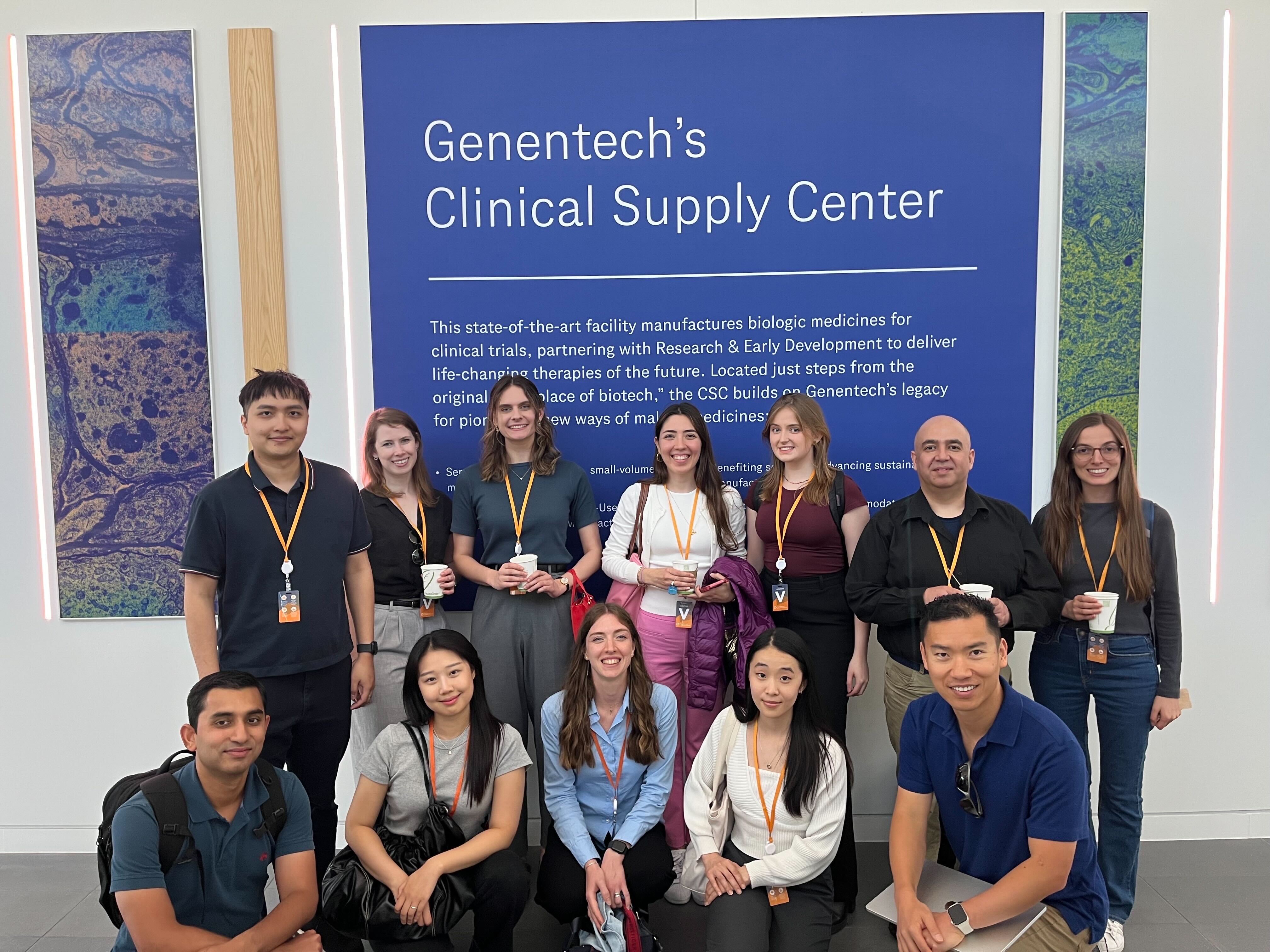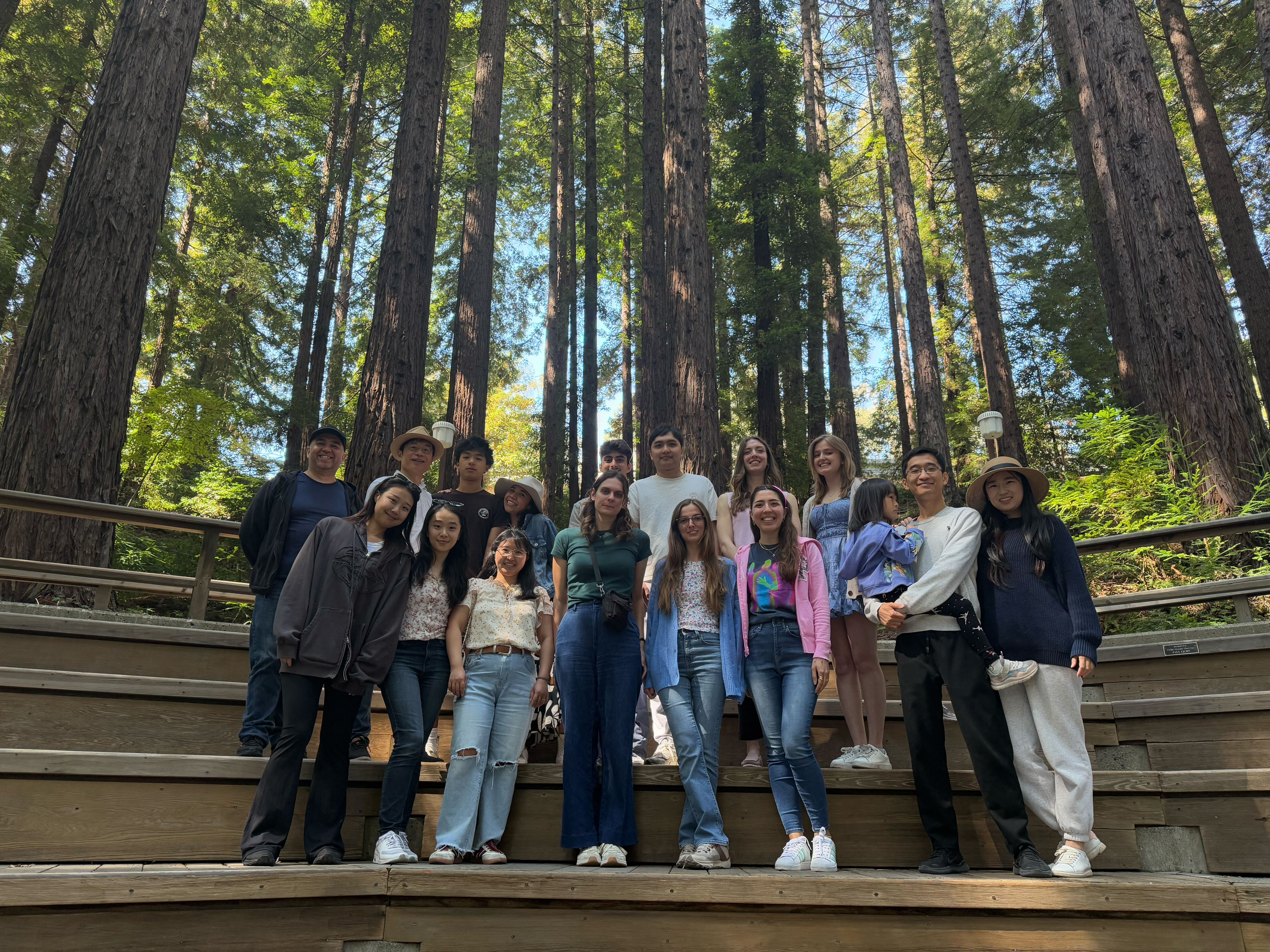The Liu Lab at UC Berkeley develops cutting‑edge MRI and signal‑processing methodologies to probe brain microstructure and functional organization, while concurrently pioneering technologies for noninvasive, remote modulation of neural activity. Drawing on expertise in quantitative MRI (e.g. diffusion, susceptibility tensor imaging, advanced encoding and reconstruction schemes) and computational neurophysics, the group seeks to bridge physical imaging modalities and neural circuit interventions. Their work encompasses both methodological innovation (hardware, sequences, inverse problems) and translational applications—mapping neural architecture, exploring biomarkers (e.g. conductivity as a biomarker in dementia), and creating interfaces for modulation or control of neurons in vivo.
Recent News
| Oct 1, 2025: | Professor Liu, Victor, Folk, and Giulia inducted into the Bakar Fellows Program! |
| May 10, 2025: | Liu Lab at ISMRM 2025 |
| Oct 17, 2024: | Miriam has been included in Atlas of Inspiring Hispanic/Latinx Scientists! |
| Oct 17, 2024: | Victor has been selected as the finalist for the 2024 ISMRM Young Investigator Award! |
| Jan 3, 2022: | Professor Liu named the 2022 Fellow of the International Society for Magnetic Resonance in Medicine |
| See All |




